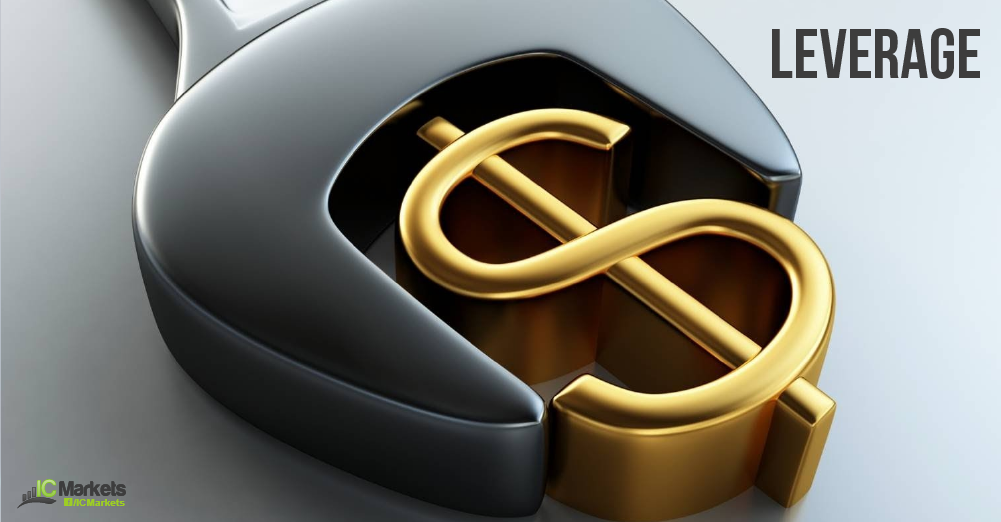One of the biggest advantages to trading in the foreign exchange market is the ability to take advantage of leverage. This enables a trader to use a small deposit to control much larger contract volumes, allowing one to keep risk capital at a minimum while maximizing potential returns.
A forex broker that offers 50-to-1 leverage can allow a client to trade contract sizes of up to $50,000 for an initial capital of $1,000. A broker with 100:1 leverage can enable a trader with a $100 margin deposit to trade $10,000 worth of currencies.
While this sounds very appealing when profit scenarios are considered, bear in mind that leverage can also blow up one’s account in an instant when risk isn’t managed properly. In order to take advantage of the leverage offered by brokers, you need to allot part of your account to a margin deposit.
As leverage can compound your wins, it can also magnify your losses. This is why traders often call leverage as a double-edged sword or a two-way street. Some beginner traders are often blown out of the water at the start of their trading endeavor due to overleveraging or not completely understanding how to manage leverage or risk.
As mentioned earlier, margin refers to the “good faith” deposit placed with a broker to be able to trade a larger position and have the broker “borrow” the remaining balance. The broker usually pools these margin deposits with that of other traders in order to place its own margin under interbank trade transactions.
While leverage is often measured as a ratio of the amount that can be traded to the amount deposited, margin is measured in percentage terms. When the leverage is 100:1, the margin is 1%. When the leverage is 10:1, the margin is 10%.
These are some of the factors that are taken into consideration by most traders before opening an account with a broker. More seasoned traders and aggressive ones are more comfortable with a larger leverage, as this could allow them to boost their profit potential on their tried-and-tested trade strategies. Those who are just starting out or more conservative traders tend to go for brokers with lower leverage.
Margin is not to be confused with account margin, which refers to the total amount of money you have in your trading account. Used margin, meanwhile, stands for the amount of money that the broker is currently holding in order for you to be able to keep your trade positions open. The broker credits this amount back to your account when you close your position or undergo a margin call, a concept that will be discussed in the next section.
Next Article: [next_page]





